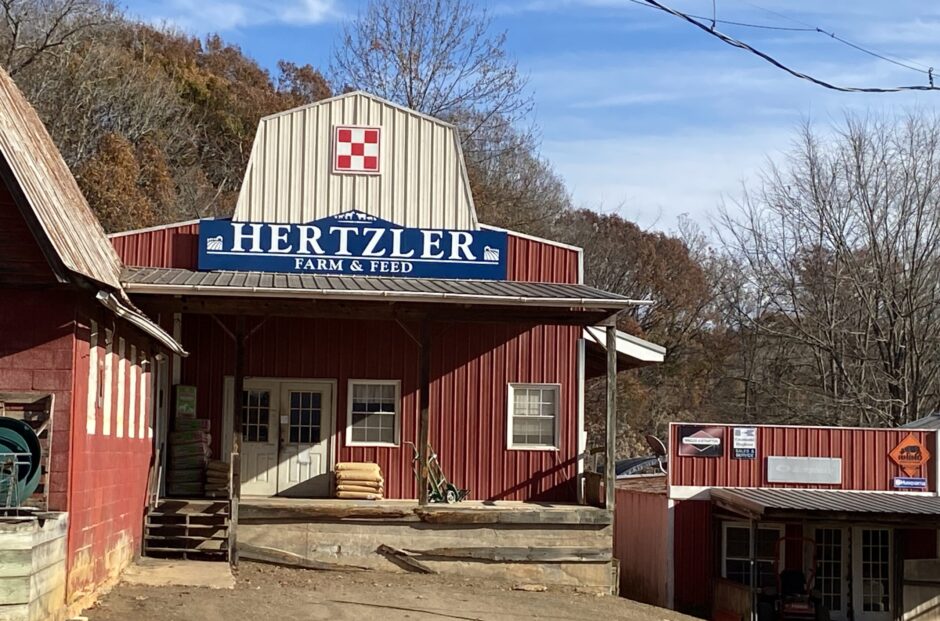Water fertility determines a pond’s productivity. A more productive pond will support more fish and a larger harvest than a less productive pond. Fertilizer increases pond productivity by stimulating the growth of microscopic plants (phytoplankton and algae). These are eaten by bluegill, which are in turn eaten by bass. Fertilization makes the water turn green, shading the bottom and preventing growth of nuisance aquatic plants. Adding too much fertilizer can cause unsightly algal blooms with unpleasant odors. Algae die-offs during summer months can cause low oxygen levels, which may result in fish kills.
Most Virginia ponds do not need fertilization. Ponds that are lightly fished, shallow ponds, ponds with high flow-through rates, and ponds with muddy water should not be fertilized.
Once fertilization is started, it should be continued. Fertilization causes the fish populations to expand because of the enhanced food supply. Stopping fertilization drastically reduces the food supply. The result is stunted, slow growing fish that are in poor health.
Kind of Fertilizer to use: Fertilizers used in ponds are similar to those used for agricultural crops. However, most agricultural fertilizers do not have the best combination of nutrients for ponds. Fertilizers high in nitrogen should be used. Liquid formulations are preferred because they go directly into solution and are more economical.
Application: Liquid fertilizers are applied at the rate of 1 gallon/acres, 4-6 times a summer. Applications should begin in spring when the water temperature reaches 60 degrees F, and every 2 weeks until visibility decreases to 18″. During the summer months add fertilizer as needed to maintain 18″ visibility. In the fall, stop fertilizing when water temperatures drop below 60 degrees F.
Before you begin to fertilize have your pond water tested to be sure the lime content is adequate.
Links on pond fertilization:
- Fertilizing Your Pond by Dan Suttle
- Fertilization of Fresh Water Fish Ponds -University of Florida
Liming
Ponds with soft, acidic water (typical in much of Virginia) sometimes require the addition of lime to improve fishing. Check the total alkalinity of the pond water to determine if liming is necessary. If alkalinity is below 2o ppm, add agricultural limestone to neutralize the pond bottom.
How to take sample: A mud sample (taken from several areas of the pond bottom) should be analyzed to determine the amount of lime needed. Combine the mud samples and spread them out to dry. After the samples have dried, take them to your local extension agent for analysis.
How to apply: Lime should be applied evenly over the entire pond bottom. Common methods of application include shoveling or washing it from a plywood platform mounted on a boat.
When to apply: The best time to apply lime is late fall or early spring.
How often to apply: Typically, ponds require liming every 2-4 years. Do not use hydrated lime. It will cause a rapid pH change that may cause a fish kill and is hazardous to handle.
*This information was taken from the article, “Management of Virginia Ponds For Fishing” by Ed Steinkoenig, John Copeland, and Dean Fowler, Virginia Department of Game and Inland Fisheries.



